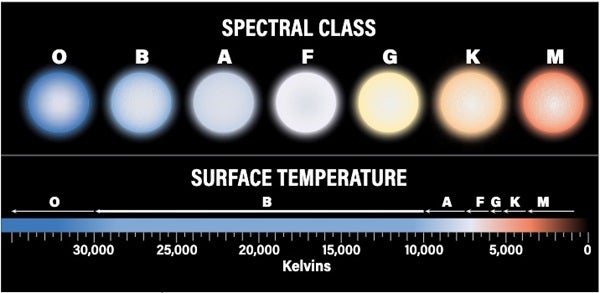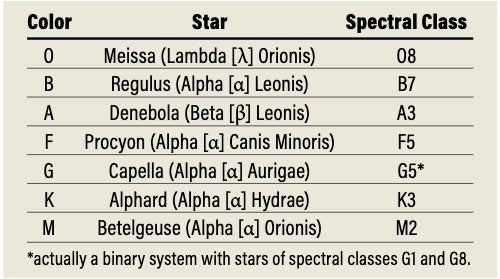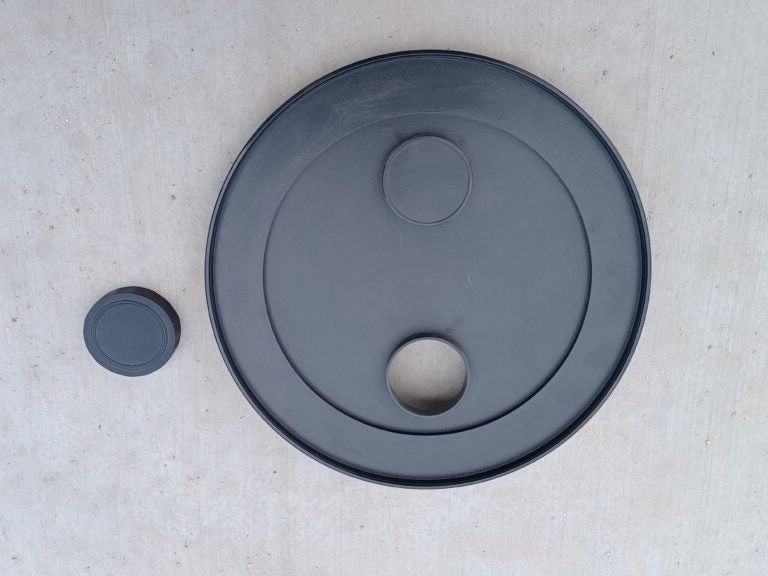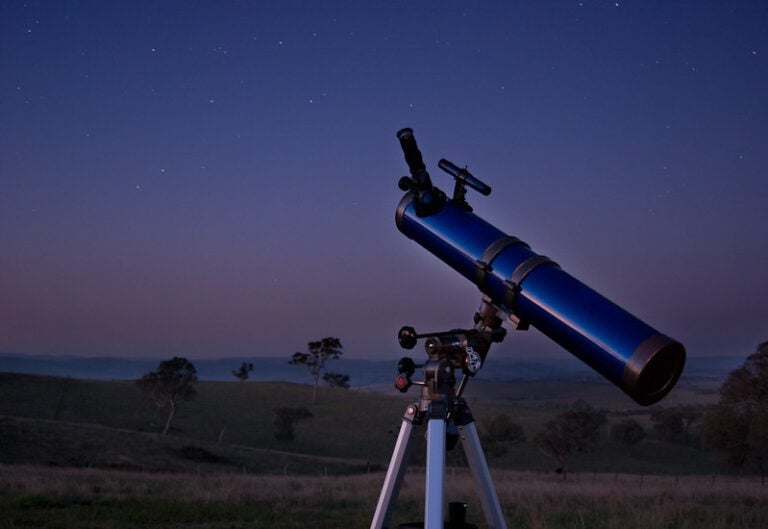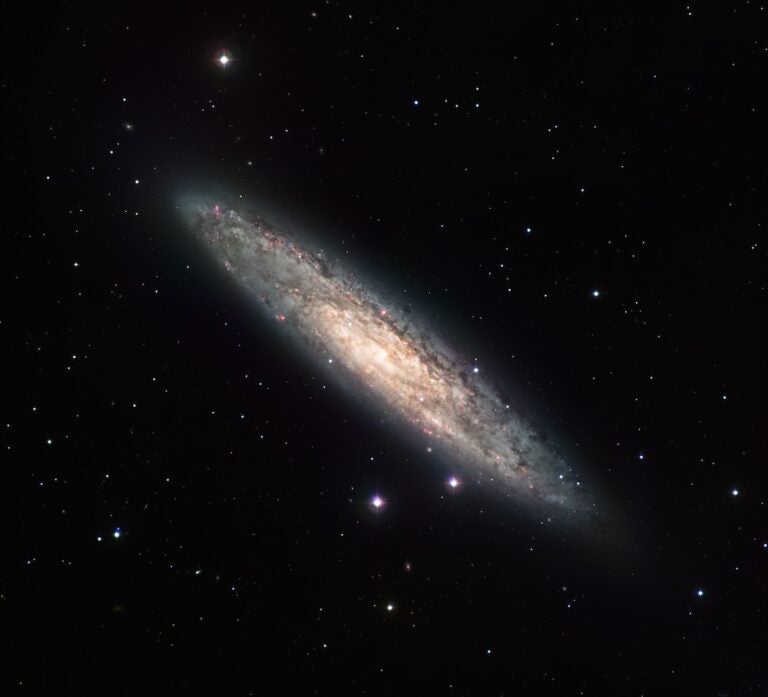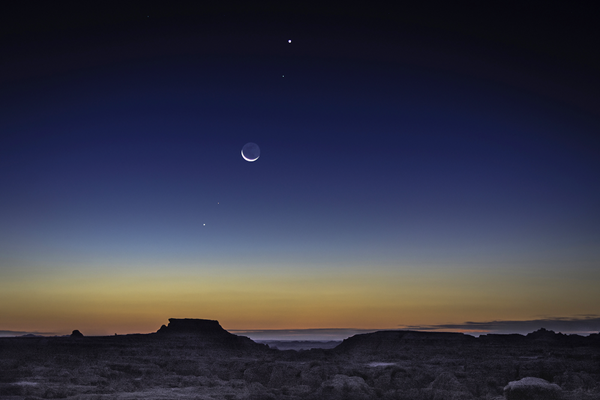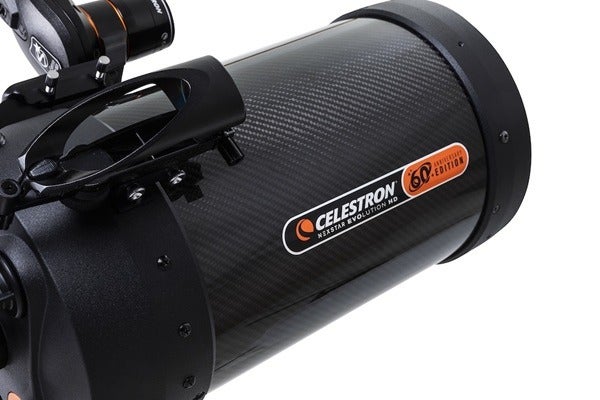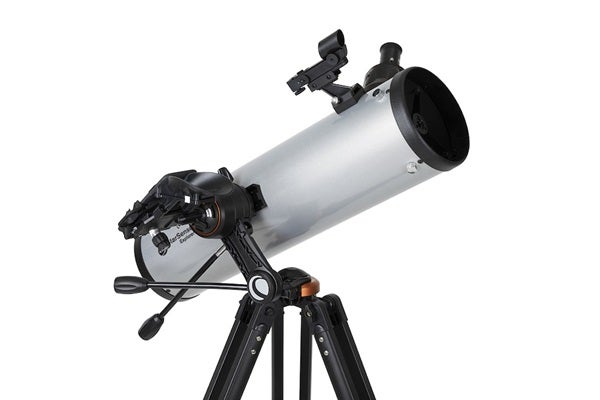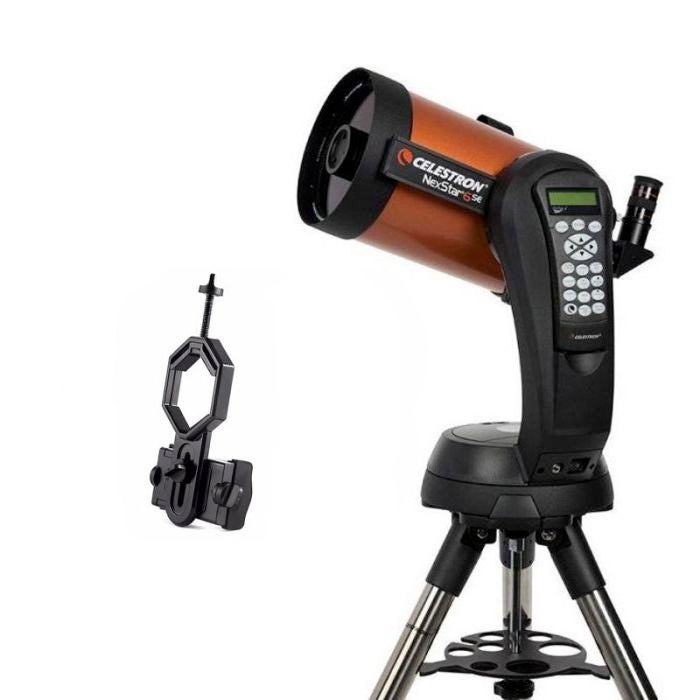This month, we’ll talk about the relationship between a star’s spectral class and its color. But first, I have a question for you: Which constellation has the most stars of spectral class K9? The answer will appear later in this column.
Spectral class is the primary way stars are categorized. There are seven major classes, based on the star’s surface temperature. Arranged from hottest to coolest, they are identified by the capital letters O, B, A, F, G, K, and M, remembered by the mnemonic “Oh Be A Fine Girl/Guy Kiss Me.” (But that’s a little outdated, so try to come up with your own and share it with us!) Each class is further divided into subgroups numbered from 0 to 9, ranging from hottest to coolest. For example, spectral class K9 is hotter than M0, but cooler than K8. A star’s spectral class also indicates its color. O-, B-, and A-type stars appear blue to bluish white to white. F- and G-type stars give off faint to rich yellow hues, while K- and M-type stars appear orange to red-orange.
The following stars, all plotted on our Star Dome map (see page 34), run the gamut of spectral groups and are all visible on an early April evening. Check them out, preferably with binoculars, and note what colors you see.
The color contrast between stars of differing spectral classes is much easier to detect when they are close enough to compare side-by-side. Pollux (Beta [β] Geminorum) — a star of spectral class K0 — is distinctly yellow-orange when compared to pure white Castor (Alpha [α] Geminorum), an A1-type star. After comparing these two, jump to F7-type Polaris (Alpha Ursae Minoris). What color do you see?
For more of a challenge, compare Mizar (zeta [ζ] Ursae Majoris) and Alkaid (eta [η] Ursae Majoris), the outermost stars in the handle of the Big Dipper. Type B3 Alkaid is nearly a full class hotter than type A2 Mizar. But does it appear bluer? Four of the remaining Big Dipper stars are spectral class A, but one is a K1 star. Find it by studying each with binoculars or a telescope.
Here’s a spectral class challenge in the form of a match game. From mid-northern latitudes in April, the constellation Corvus appears above the southern horizon during early evening. Its five brightest stars form a sail-shaped asterism called Spica’s Spanker. I’ve listed them in the left-hand column below. In the right-hand column are their spectral classes, rearranged from hottest to coolest. Check each star with binoculars or a telescope and see if you can match it to its spectral class.
Alchiba (Alpha [α]) B8
Kraz (Beta[β]) A0
Gienah (Gamma [γ]) F0
Algorab (Delta [δ]) G5
Now back to our opening question: Which constellation has the most stars of spectral class K9? It’s a four-way tie between Canis Major (the Big Dog), Canis Minor (the Little Dog), Canes Venatici (the Hunting Dogs), and Vulpecula (the Fox). All of these stars are K9 (canine)!
All right, stop the groaning. It’s April and I couldn’t resist a little April Fool’s fun. To be Sirius — I mean serious — the idea for this column came from an email sent by Hong Kong resident Michael Sloboda to Phil Harrington and myself. He noted that an online search turned up plenty of examples of stars of spectral classes K0 through K7, but practically no K8 or K9 stars. Why?
Unlike the other K-type stars mentioned earlier in this article, which are luminous giants, the typical star of spectral class K is an orange dwarf — a main sequence star that’s cooler, less massive, and intrinsically fainter than the Sun. If you were to study a list of the brightest stars, late K-type stars would be virtually nonexistent. But look at a list of the nearest stars, and you’ll find the occasional K8 or K9 star.
Questions, comments, or suggestions? Email me at gchaple@hotmail.com. Next month: choosing an ideal observing site. Clear skies!

